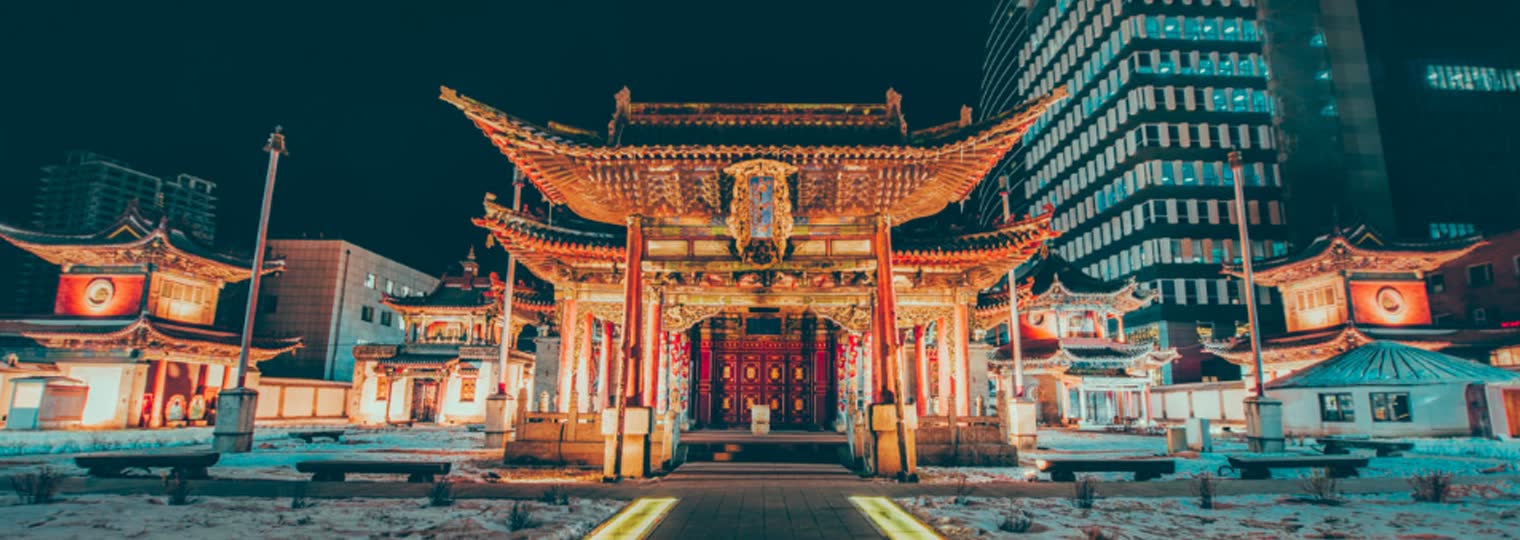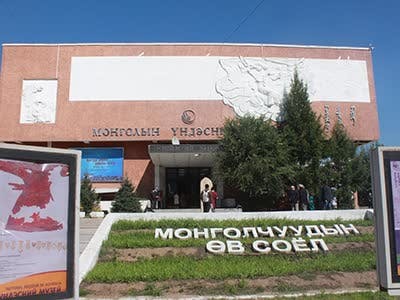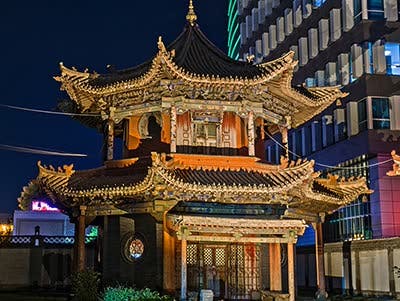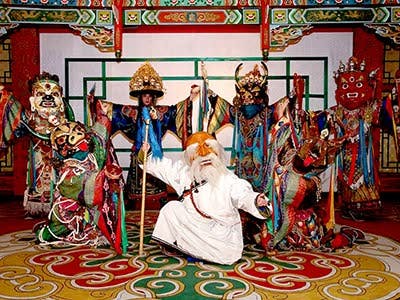The Choijin Lama Temple
ABOUT THE CHOIJIN LAMA TEMPLE
The Choijin Lama Temple, also known as the Choijin Lama Monastery or the Choijin Lama Museum, is a historic Buddhist temple located in Ulaanbaatar, the capital city of Mongolia. It is one of the most important cultural and religious sites in the city. Here are some key features and highlights of the Choijin Lama Temple:


- History and Architecture: The Choijin Lama Temple was built between 1904 and 1908 as the residence for Choijin Lama Luvsankhaidav, the brother of the Bogd Khan (the spiritual leader of Mongolia at the time). The temple complex consists of five temples, each dedicated to a different Buddhist deity. The architecture reflects a mix of Mongolian, Tibetan, and Chinese influences.
- Religious Significance: The temple complex served as an active place of worship for Buddhist monks until the communist era in the 1930s, when religious activities were suppressed. It was spared from destruction during that time, and today it stands as a testament to Mongolia's rich religious and cultural heritage.
- Art and Artifacts: The Choijin Lama Temple houses a remarkable collection of religious art, artifacts, and cultural treasures. Visitors can admire intricate sculptures, thangkas (religious paintings on silk), intricate murals, and sacred objects. The artwork showcases the skill and craftsmanship of Mongolian artists from the early 20th century.
- Museum Exhibits: The temple complex has been converted into a museum, known as the Choijin Lama Museum, which showcases the religious, cultural, and historical significance of the temple and the region. The museum features a range of exhibits, including religious relics, historical photographs, traditional costumes, and other artifacts that offer insights into Mongolia's past.
- Architecture and Decor: The temples within the Choijin Lama Temple complex exhibit exquisite architectural details and decorative elements. Intricate wood carvings, colorful paintings, and ornate metalwork can be seen throughout the complex, reflecting the artistic mastery of the time.
- Cultural Events: The Choijin Lama Temple complex serves as a venue for cultural events, performances, and traditional ceremonies. Visitors may have the opportunity to witness Buddhist rituals or attend special events that celebrate Mongolian culture and heritage.
The Choijin Lama Temple and Museum provide a captivating glimpse into Mongolia's religious and cultural history. The temple's architecture, religious artifacts, and art collections offer visitors a deeper understanding of Mongolian Buddhism and the artistic achievements of the past. It is a must-visit destination for those interested in exploring Mongolia's spiritual and cultural heritage.
RELATED DESTINATIONS
The National Museum of Mongolian History is a prominent museum located in Ulaanbaatar, the capital city of Mongolia. It is dedicated to preserving and showcasing Mongolia's rich history, culture, and heritage.
The Choijin Lama Temple, also known as the Choijin Lama Monastery or the Choijin Lama Museum, is a historic Buddhist temple located in Ulaanbaatar, the capital city of Mongolia.
The Tumen Ekh Ensemble is a renowned Mongolian cultural performing arts group that showcases traditional music, dance, and throat singing. The ensemble is based in Ulaanbaatar, the capital city of Mongolia,


